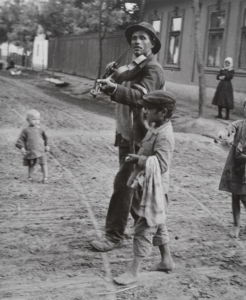
Form and Feeling in Photography
Meaning in art (what you have actually done and said) slips away from the artist’s ranges of control within the environment, for example, of the unprecedented circulation of commodities. But instead of allowing meaning and intention to be coopted, predictably and inevitably, the artists Michaels admires evacuate the work of emotional, affective, or personal forms of address preemptively, as though anti-pathos and anti-sentiment were a shield or defense.



